Canon IXUS 285 HS
Rated 4.00 out of 5 based on 5 customer ratings
$113.99
Beat your phone . Get great photo quality with outstanding optical zoom, small compact size and large sensor – all this makes Canon IXUS 285 HS a super compact
Description
Compact cameras are an excellent compromise between large and heavy DSLR cameras and mobile phones, which due to their size will always have worse optics than “real” digital cameras.
Even a small compact camera will have a larger sensor than even the best mobile phone.
A larger sensor means less noise and better dynamic contrast, which your can be read here.
A compact camera like the Canon IXUS 285 HS is a great choice for traveling and capturing your conquests. It is a direct rival of the Sony RX100, but has a much lower price and newer constructions and software.
Fixed optics with a variable focal length corresponding to the range from 25mm to 300mm will allow you to photograph both landscapes and beautiful portraits with a blurred background and a bokeh effect.
The Canon brand is a legend among manufacturers of photographic equipment.
Digital Compact, CMOS, 1/2.3, 15-1/2000, 20.2 MP, NFC, Wi-Fi, 147g
Canon IXUS 285 HS properties
| Product name |
IXUS 285 HS |
| Type |
Digital Compact |
| Lens |
Integrated |
| Aperture (Lens data) |
F3.6-F7 |
| Focal Length |
25-300 |
| Ports |
HDMI, USB |
| Memory Cards |
SD, SDHC, SDXC |
| Features |
NFC, Wi-Fi |
| Viewfinder |
LCD/OLED |
| Shutter Speed |
15-1/2000 bps |
| Continuous Drive |
7.2fps, 2.5fps |
| Auto Focus |
Yes |
| AF points |
9 |
| Image Stabilization |
Yes |
| Optical Zoom |
12.0 x |
| Digital Zoom |
4.0 x |
| Max Picture Resolution |
5184×3888 pixels |
| Image File Format |
DPOF, EXIF, JPEG |
| Flash |
Built-in, External |
| Flash Sync Speed |
1/2000 sec |
| Battery Type |
Lithium ion rechargeable |
| Display Size |
3.0 “ |
| Display Resolution |
461000 pixels |
| Max Video Resolution |
1920×1080 (Full HD) |
| Video resolutions (fps) |
1920×1080, 1280×720, 640×480, 29.97fps |
| Video File Format |
MP4 |
| Audio File Format |
AAC |
| Sensor Type |
CMOS |
| Sensor Format |
1/2.3 |
| Effective Pixels |
20.2 MP |
| Total Pixels |
21.1 MP |
| ISO Rating |
80/100/200/400/800/1600/3200 |
| Weight |
147.0 g |
| Dimensions (HxWxD) |
58×99.6×22.8 mm |
| Miscellaneous |
Face Detection, PictBridge |
Frequently Asked Questions:
How do I change the shooting mode on my Canon IXUS 285 HS camera?
Changing the shooting mode on your Canon IXUS 285 HS camera is easy. Here's how you can do it:
1. Turn on the camera by pressing the power button located at the top-right side of the device. The camera will turn on and display its main screen.
2. If the camera is currently in Auto mode (the default setting), you won't see any shooting mode options displayed on the screen. To access the different modes, press the Mode button on the backside of the camera, next to the LCD screen. It's a little square with an arrow pointing upwards.
3. The camera will now display a list of available shooting modes: Auto, Smart Auto, Creative Shot, Portrait, Landscape, Night Scene, and Movie.
4. Use the navigation pad on the backside of the camera to navigate through the different options and select the desired mode by pressing the center button once you've chosen it.
5. When your preferred shooting mode is selected, the camera will display a brief description of how the mode works and what settings are adjusted when that particular mode is active.
6. Press the shutter button (the round button on the top-right side of the camera) to start capturing photos or video in your chosen shooting mode.
"How do I switch between manual and automatic shooting modes on my Canon IXUS 285 HS camera?"
Turn on your Canon IXUS 285 HS camera by pressing the power button located on the top right side of the camera body. Once the camera is powered on, you will see the home screen displaying various shooting modes such as Auto, P (Program), Tv (Shutter priority), Av (Aperture priority), M (Manual), and Creative Auto (CA) modes. To switch between manual and automatic shooting modes, follow these steps:
a. In auto mode (the default mode), you can switch to either Program AE (P) or Manual (M) mode by rotating the mode dial located on the top left side of the camera body until the P or M symbol appears in the viewfinder and on the LCD screen. In program mode (P), the camera will automatically select appropriate aperture and shutter speed settings based on your chosen ISO and other camera settings. If you wish to take more control, you can switch to manual mode (M) by following step 3a or by pressing the "Fn" button located at the back of the camera body and selecting "Manual" from the pop-up menu. In manual mode (M), you will have full control over aperture (f-stop) and shutter speed settings, allowing you to achieve specific depths of field and motion blur effects as desired. Use the navigation buttons located on the back of the camera body to adjust these settings as needed, or use the touchscreen display to make changes directly via the LCD screen. To switch back to auto mode (A), simply rotate the mode dial to the Auto position until the A symbol appears in the viewfinder and on the LCD screen. Remember that switching between manual and automatic modes will allow you to achieve different levels of creative control over your camera settings, depending on your preferred shooting style and desired results.
How do I adjust the white balance settings on my Canon IXUS 285 HS camera?
To adjust the white balance settings on your Canon IXUS 285 HS camera, follow these steps:
1. Turn on your camera and ensure it is set to "P" mode (Program Auto). Press the "Menu" button on the back of the camera to access the main menu. Use the navigation pad to select the "Shooting 2" tab, then scroll down to "White Balance". Select "White Balance" using the center button, and then choose your desired setting from the available options. These include:
- Auto White Balance (AWB)
- Daylight
- Cloudy
- Tungsten light
- Fluorescent light (D)
- Fluorescent light (N)
- K (manual white balance)
5. To set manual white balance, select "K" and then follow the on-screen prompts to take a custom white balance reading using a neutral gray or white object in your desired lighting environment. Once you have made your selection, press the center button again to confirm and exit the menu. Your camera's white balance will now be adjusted according to your settings. Note that adjusting the white balance can greatly affect the color accuracy of your images, especially in different lighting environments. To access your previous white balance settings, you can use the "WB bracket" feature (accessible via the camera's "Set-Up Menu") to capture multiple images with different white balances simultaneously. This can be helpful for situations where you are unsure of the correct white balance setting or want to capture a range of color tones in post-processing. To use the WB bracket feature, access the "Set-Up Menu" by pressing the "Menu" button and selecting "Set-Up 2". From here, select "WB bracket" and then choose your desired settings (such as the number of shots to be taken and the degree of white balance variation). After setting up the WB bracket feature, you can take multiple images with different white balance settings simultaneously by holding down the "Shooting button" halfway and waiting for the camera's multi-shot indicator to appear before fully pressing down on the button. The camera will then capture multiple images in quick succession, each with a slightly different white balance setting. These images can be reviewed in playback mode, allowing you to select the one with the most accurate color representation for your desired environment or lighting conditions.
How do I adjust the white balance on my Canon IXUS 285 HS camera?
To adjust the white balance on your Canon IXUS 285 HS camera, follow these steps:
1. Turn the camera on and make sure it is in shooting mode. Press the "Menu" button to open the main menu. Use the arrow keys to navigate to the "Shooting 1" tab (the first icon with a camera). Scroll down and select "White Balance. Use the arrow keys to select the desired white balance setting. The options will depend on your shooting conditions, but typically include:
- Auto: lets the camera decide based on ambient light
- Daylight: for bright outdoor scenes with blueish cast
- Cloudy: for overcast days or indoor lighting with yellowish cast
- Tungsten: for incandescent or halogen lights with reddish cast
- Fluorescent: for fluorescent or neon lights with greenish cast
- Custom: allows you to set a custom white balance based on a gray card or other neutral reference. Once you have selected the desired setting, press the "Set" button (the one with an icon of a gear). The camera will adjust and display a preview of the image with the new white balance applied. Press the shutter release button to take the photo or exit the menu by pressing the "Menu" button again. Repeat these steps as needed for different shooting conditions. Remember, the goal of white balance is to accurately capture the colors and tones of your subject under varying lighting conditions, so experiment with different settings until you find what works best for each situation.
My camera's LCD screen is not turning on, but the rest of the device seems to be working fine. What could be causing this problem?
1. Faulty Display Module**: The display module might have failed, which would prevent the LCD from turning on. This could be due to a manufacturing defect or physical damage. Loose Connections**: Check if the display module's connections to the camera's motherboard or other components are secure. If they're loose, it could prevent the LCD from functioning. Power Issues**: The problem might lie with the power supply to the LCD screen. This could be due to a faulty power adapter, a malfunctioning internal power source, or a short circuit in the power circuitry. LCD Screen Damage**: If the camera has been dropped or subjected to physical stress, it's possible that the LCD screen has sustained damage, rendering it non-functional. Software Issue**: In some cases, a software glitch might be preventing the LCD from turning on. This could be due to a corrupted firmware or a faulty display driver. Faulty Backlight**: If your camera uses an LCD with a backlight (like most modern cameras), it's possible that the backlight has failed, making the screen appear dark. To troubleshoot this issue, I'd recommend trying the following:
* Check if the LCD screen is functioning at all by covering the lens and taking a picture in a bright environment. If the image appears on the LCD screen, then the problem might lie with the display module or backlight. Verify that the camera's power settings are correct. Ensure that the LCD screen is turned on and set to the correct brightness and contrast levels. Try using an external monitor or a different display device to see if the issue is specific to the camera's LCD screen. If none of these troubleshooting steps resolve the issue, it may be worth consulting a professional repair service or the manufacturer for further assistance.
Before you buy Canon IXUS 285 HS
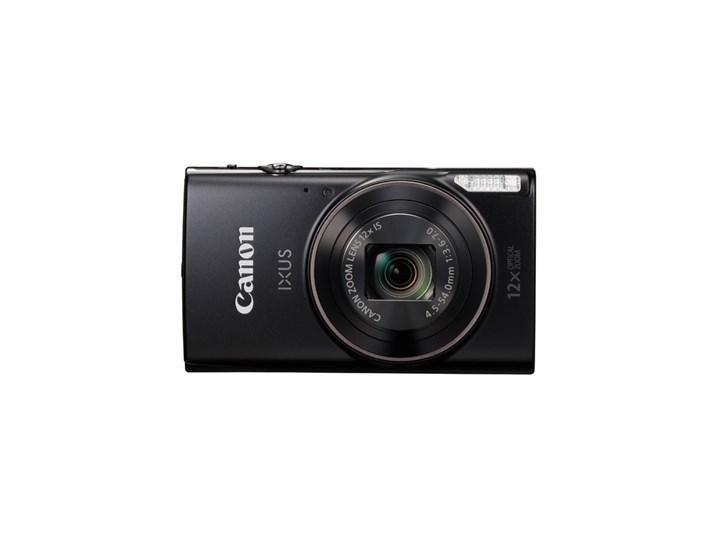


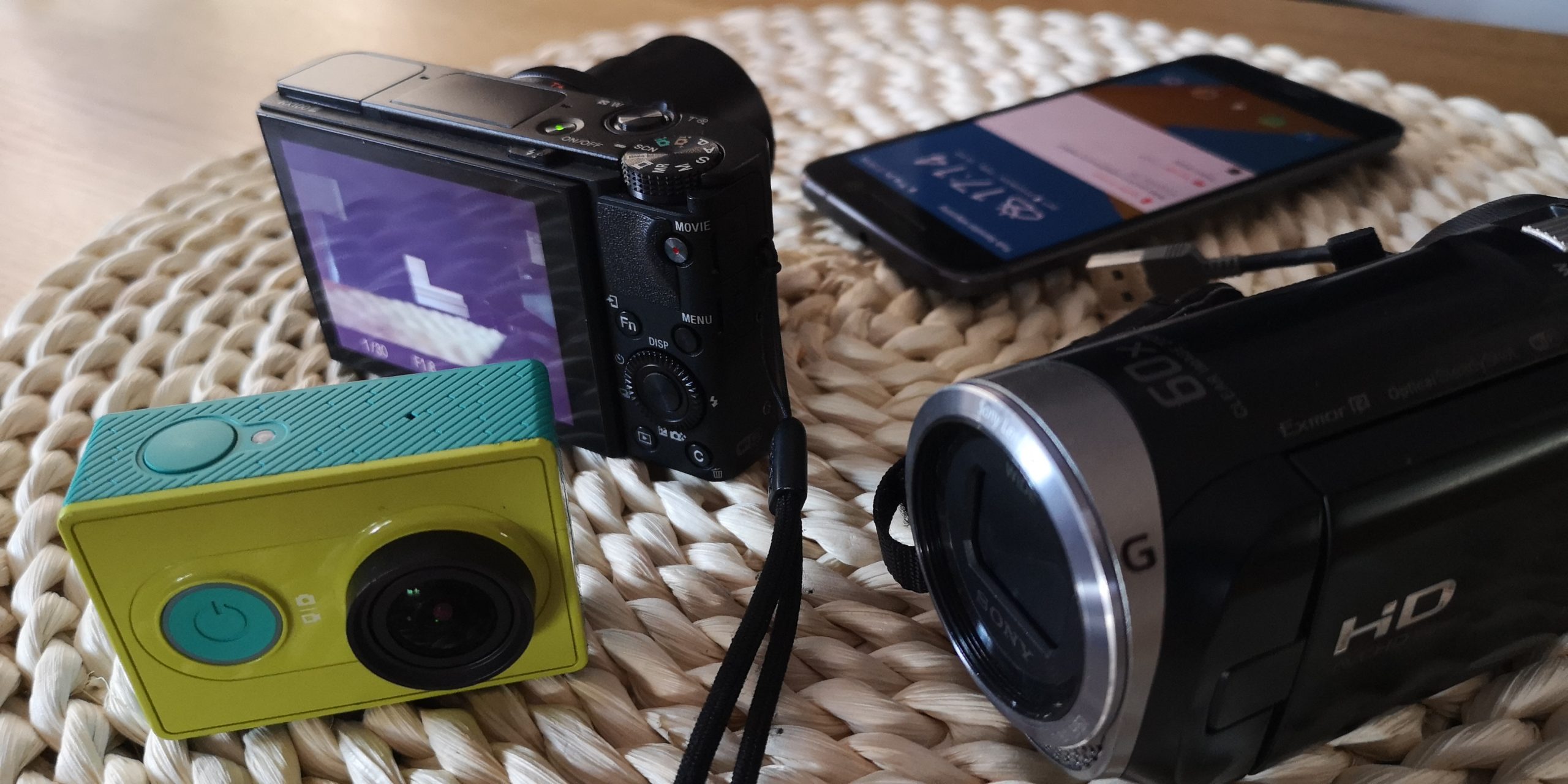
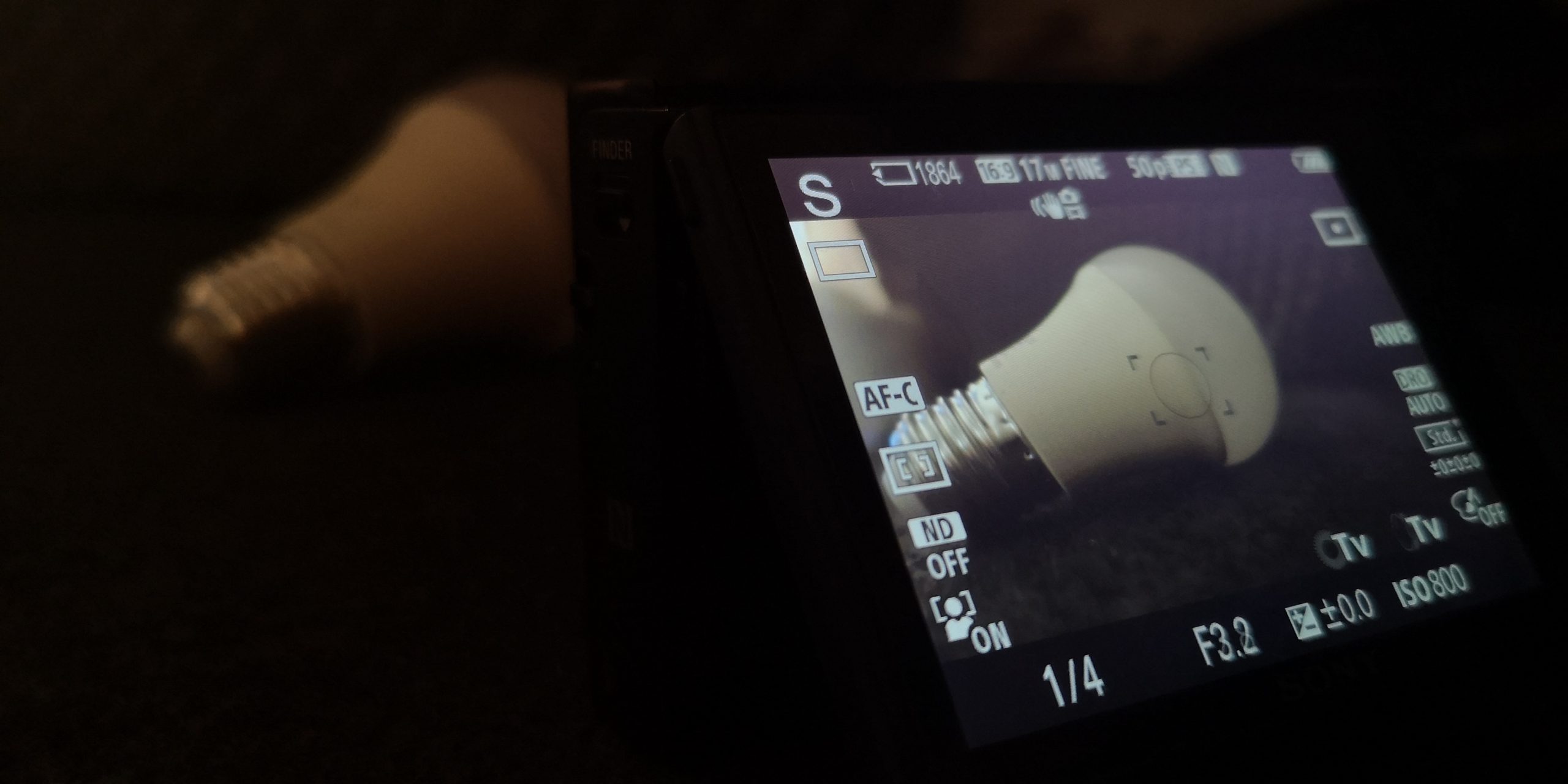
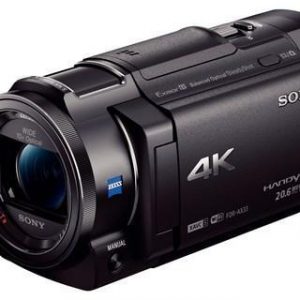
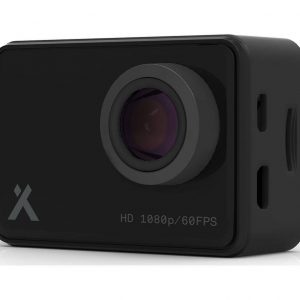
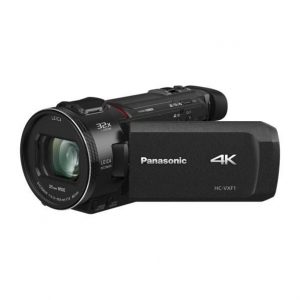

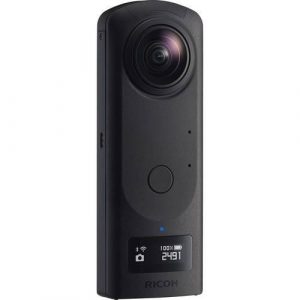
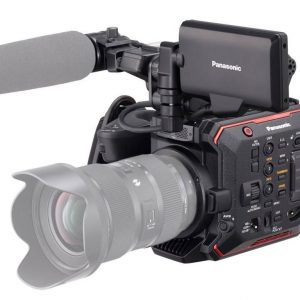
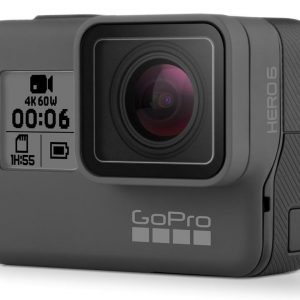

Kan Bro –
Fantastic camera with amazing possibilities. Great vividness of the image, perfect AF system, incredible possibilities of working in low light conditions. Long battery life, great build quality.
I subtracted half a star due to the non-intuitive menu, fortunately it is not such a problem – thanks to the enormous configuration possibilities of both your own menu and most of the buttons on the body – you can configure the camera so that using it would be a pleasure.
Theo Fairbank –
I have had a camera recently. The AF is definitely an advantage – noticeably faster and more accurate, especially in low light, compared to the D610, which I worked on for 5 years. It is lighter, a bit smaller than the D610.
It is said that on one battery we will take almost half more photos than on the d610, and it “fits” better in the hand, but I have to work on it a little more to confirm it. PS. So far, my hand hurt more after 2-3 hours of work than when working with the D610 … but maybe it’s a matter of habit;)
Bento –
Very good value in a very good price, I use this lens with a DSLR. The image quality is good but not as good a quality as others cameras like my Canon 6D Mark II with Tamron 8-20, but it has all the features you expect from a lens of this quality and value. A lot of this lens is optical only and is not a focus lens, but the image quality is still good.
Carlos –
Title: Exceptional Features with the Canon IXUS 285 HS
As someone who lives in Houston and works as an order filler, I am constantly looking for ways to capture the vibrant moments that surround me. In April, I decided to invest in the Canon IXUS 285 HS, and I must say, it has truly exceeded my expectations. This sleek and compact camera has become my loyal companion, allowing me to document my adventures in stunning detail.
First and foremost, let’s talk about the 1280×720 video resolution and frames per second (fps) capability. The Canon IXUS 285 HS delivers remarkable video quality, ensuring every frame is sharp and visually captivating. Whether I’m capturing landscapes or recording memorable events, the quality of the videos never disappoints. The seamless video recording experience enables me to relive cherished memories as if I were experiencing them all over again.
The 4.0x digital zoom is another noteworthy feature that distinguishes the Canon IXUS 285 HS from its competitors. This powerful zoom allows me to get closer to the subject without sacrificing image quality. Whether I’m taking close-up shots of flowers or capturing distant landscapes, the zoom never fails to amaze me. It truly provides the versatility I need to capture shots from varying perspectives.
Now, let’s compare the Canon IXUS 285 HS to another popular digital camera in the market. While both cameras offer similar features, such as high-quality video resolution and digital zoom, the Canon IXUS 285 HS sets itself apart with its user-friendly interface and superior image stabilization technology. These features ensure that every shot is clear, even in challenging conditions.
When it comes to the purchasing experience, I was delighted with the delivery of this camera to Houston. The process was efficient and hassle-free, allowing me to receive my new gadget in a timely manner. The story behind this purchase is quite simple: I wanted a reliable and compact camera that delivered outstanding performance, and after thorough research, I decided on the Canon IXUS 285 HS. It has since become an invaluable tool for capturing the beauty of my surroundings.
In conclusion, the Canon IXUS 285 HS deserves a solid 5 out of 5 rating. Its impressive video resolution, digital zoom capabilities, and user-friendly interface make it a top contender in the market. Whether you’re a professional photographer or an amateur enthusiast like myself, this camera is an excellent choice. Invest in this gem, and you won’t be disappointed!
Noah –
I always strive to provide my children with the best possible resources for their needs. During our recent vacation, it became apparent that my son Finn, who is now 17 years old, needed an upgrade from his outdated Digital camera. Determined to find the perfect fit, we spent countless hours researching and comparing various models on the market.
After much deliberation, we ultimately settled on the Canon IXUS 285 HS. I must admit, this decision was not made lightly. After all, as a resident of Mulheim an der Ruhr, I am well aware that our city is infamous for producing some of the most innovative and cutting-edge Digital camera technology in the world. So, it was crucial that we found a model that could stand up to the high standards set by our local industry leaders.
But what truly sets the Canon IXUS 285 HS apart from its competitors is its unique blend of advanced technical features and user-friendly design. With its built-in Wi-Fi and NFC capabilities, Finn can easily connect his camera to his smartphone or tablet for seamless sharing and storage. Additionally, its ultra-slim body and compact size make it the perfect companion for our frequent travels.
One feature that truly caught my attention was the camera’s advanced Face Detection technology. As a parent, I know firsthand how important it is to capture candid moments of Finn with his friends and family members. The Canon IXUS 285 HS’s Face Detection system ensures that every person in the shot is clearly and accurately identified, resulting in stunning and lifelike portraits that truly bring the subject to life.
While conducting our research, we also came across some interesting news about Glastonbury Festival organisers issuing a message to campers urging them to bring sturdy camping equipment that can be taken home. As an avid festival-goer myself, I fully support this initiative as it promotes sustainability and environmental responsibility. It’s heartening to see such festivals taking proactive steps towards reducing their carbon footprint and contributing to a greener and more sustainable future for us all.
In conclusion, we are thrilled with our decision to invest in the Canon IXUS 285 HS for Finn, and I have no doubt that it will serve him well for years to come. Its unique blend of technical features and user-friendly design make it a standout choice in an increasingly crowded marketplace. As for Mulheim an der Ruhr’s Digital camera industry, we can only wait and see what innovative products they have in store for us in the future. But one thing is certain – we’ll be watching with curious eyes, eager to explore new ideas and possibilities!
(As a small joke to our readers, we’d like to remind them that, while Digital cameras are undoubtedly a useful tool, they should never replace the tried-and-true method of capturing memories through good old-fashioned human connection and interaction. So, be sure to put down your cameras every now and then, and just enjoy the moment!)